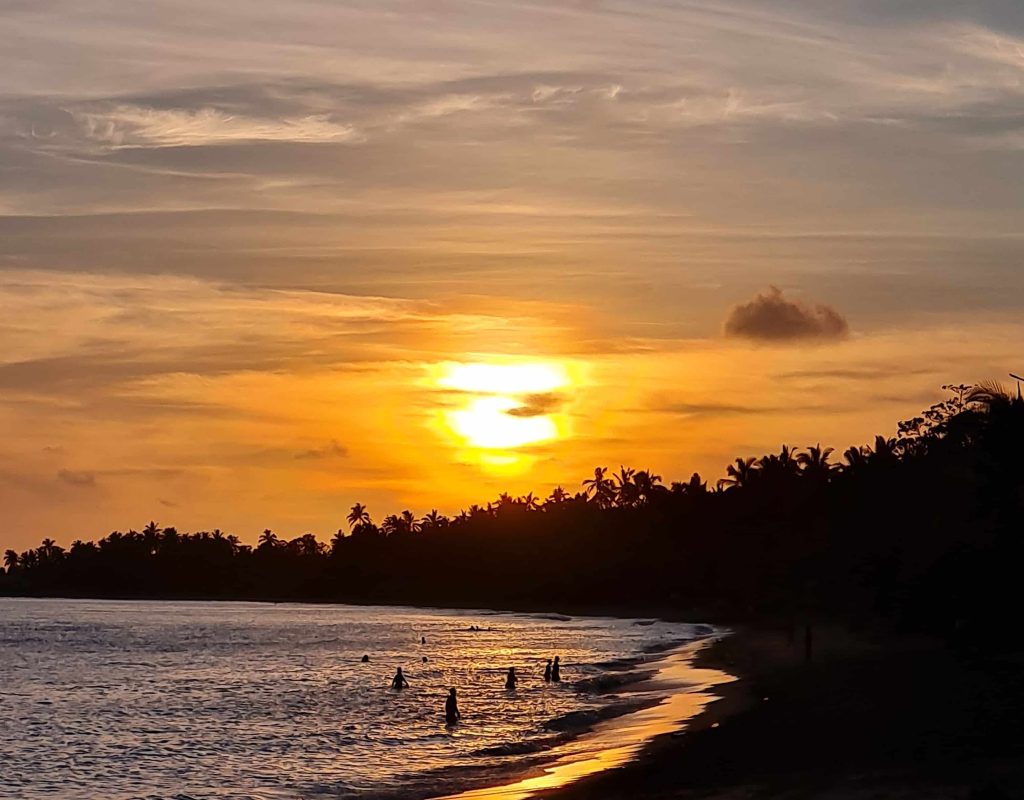
The history of fiji rum
Rum has been a part of Fiji for much longer than it’s commercial production.
The first traders used it as a commodity to buy sandalwood and beche de mare. Sly grog was part of the early settlers culture and indeed in 1872 The Fiji Times mentions a trader by the name of John Hill who was fined for illegally distilling “bush rum” near Suva. Levuka, the old capital, was notorious for its riotous pubs and grog houses fueled by local hooch and imported rum.
The Fiji rums we produce today are a far cry from the hooch distilled in the 19th century. With the rise of sugar cane production there was naturally a thriving but small local industry of “bush rum”. It is surprising given the huge sugar cane industry that the first commercial rum distillery was not established until 1979 by the Fiji Sugar Corporation which continues to this day.
Although there have been a number of white label rums marketed over the years all these rums have been the product of the Lautoka distillery and the remarketed under different brands. The Distillery Co Fiji is only the second commercial distillery in Fiji to produce rum.
what is rum
Rum is a wonderfully complex thing with many processes affecting the final outcome but what is the legal definition?
The legal definition of Rum varies across the world but broadly , and using the Caribbean WRSPA definition, it is “A spirit drink produced exclusively by the distillation of the product obtained by the alcoholic fermentation of sugar-cane juice, sugar-cane syrup, sugar-cane molasses, or other sugar-cane by-products, distilled at less than 96% ABV, and having the organoleptic characteristics (taste, aroma, color) derived from the raw materials and the production process.”
Other than the definitions that exist in the country of origin or export there are few controls and what constitutes the final product. Sugar and caramel are common additives across the rum world, one to smooth a rum out and one to darken it, some very famous rums add molasses post distillation, and other may even be more unscrupulous. Yes there are pirates in the rum world some them dont just drink it they make it.
how we craft our fiji rum
Our Fiji rums are made by hand in our distillery in Pacific Harbour. Rum is a simple yet complex process, every step can influence the end result and having a clear picture of what your rum needs to be is paramount in the multiple steps to creating a world class rum.
The first step in rum production is fermentation, the conversion of carbohydrates to alcohol. Our base is the deep, dark molasses which is the by product of sugar production.
Fermentation and the end product is deeply influenced by the type of yeast that is used, the ph of the wash and the temperature that the ferments sit at. Our ferments vary depending on what rum we are making, as a general rule the more acidic ferments will give you a more complex end product, and the less acidic a cleaner less nuanced product. Temperature plays a part in how our living breathing yeast work, over excited too hot yeast can produce off flavours, and yeast that is too cool may take to long to process and indeed go dormant. Fermentation is science and art combined.
Density is a key tool in distillation, it not only gives us an end result on ABV but allows us to calculate when a ferment is finished and how much alcohol has been produced. Molasses washes are tricky as they contain unfermentable sugars, and other solids that make other methods of calculation inoperable. Once our ferment has gone dry the yeast is siphoned from the bottom cone of the fermenter and the wash is sent to the stills.
At its heart distillation is just about separation and when making rum the ‘method of separation again deeply influences the end product.
Classically rum was a very strong, very lightly separated badly distilled spirit. One of the earliest references comes from Richard Ligon’s A True & Exact History of the Island of Barbados (1657), where he describes the crude rum (then called “kill-devil”) as: “The drink of the Island, which is made of the skimmings of the Coppers… is called Kill-Devil; and this is of a hot, hellish, and terrible quality.”
All rums are clear when they come off the stills and these early rums would have been straight from the stills and not barreled. The Royal Navy began officially issuing rum rations to sailors in 1655 (after capturing Jamaica), but it was initially unaged and harsh—often mixed with water to make grog.The first clear reference to intentional aging comes from naval records and merchant accounts in the 1730s–1740s, noting that rum stored in oak casks during long sea voyages became smoother and more palatable.A 1740 naval order suggested that rum should be “stored in oak for better keeping”, implying that sailors (and merchants) had noticed the benefits of barrel maturation.
In our distillery we have three stills and 5 columns which allows us to have very precise control of the Fiji rum we are producing. Classically rum was produced, and still is, on a pot still with little reflux, it is just about as simple as a saucepan. The science that makes it work is the different boiling points of methanol, ethanol, water, propanol, and acids and their behavior. In simple terms, methanol has a lower boiling point than ethanol so can be safely removed at the beginning of a distillation, ethanol sits neatly in the middle at 78.37 degrees C- though the extraction boiling points are different due to azeotrope. At the end of the run as temperatures rise and towards the 100 degrees propanol will start to enter the distillate. Its not quite that simple as there are a multitude of other factors but it’s a good guide as to why and how we can separate what we want. We distill each style of Fiji rum differently to create the expressions we want.
After the spirit exits the still it is proofed to the appropriate ABV and our white rum is then rested for a period before being bottled. We do not barrel the white rum as our fermentation and distillation techniques create a clean crisp rum but still with hints of caramel and cane. Our unique process has been validated where our Fiji rum KaloKalo Pure White Rum has been awarded the highest points of any Fiji white rum in the last 2 years at the London Spirit Awards
The dark rum is proofed down to 65% ABV and then sent to barrels. It is the interaction of the spirit and the wood that add the colour and complexity to our dark rums.
To create a new Fiji dark rum has been a very exciting journey and it is one you cannot rush, we have tested and tested before finalizing our process and waiting for the rum to mature takes patience. We plan to release another white rum expression shortly will execute two expressions of the dark rum, a dry light caramel sipping rum, and a heavier bodied molasses forward rum for cocktails. We are very excited for the next chapter of Fiji rum.

Get the drop on events, cocktails and all the fun stuff
Just fill in the form below and we will make sure you are ahead of the crowd for events, cocktails, and new product launches

